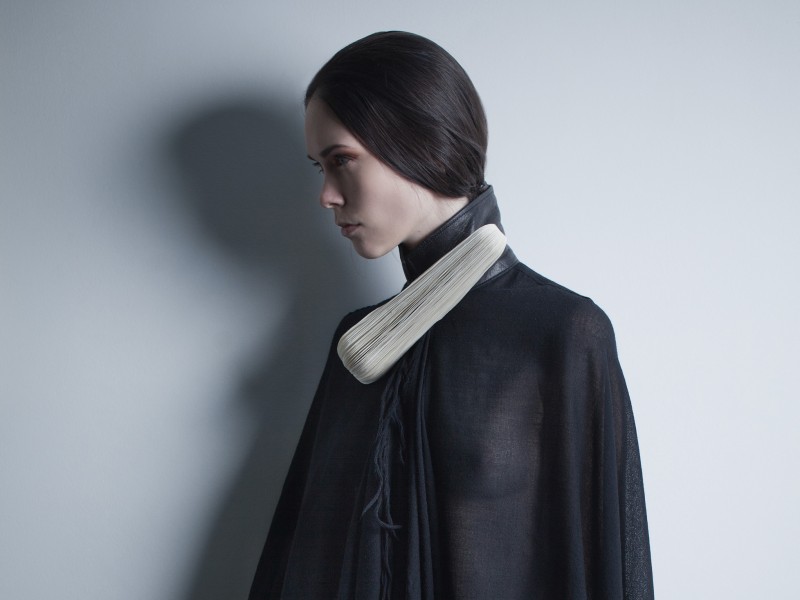THE CHANGING FACE OF LUXURY
Since the beginning of this century luxury brands have re-defined how they communicate and engage with their audiences. Having long grappled with the changing beliefs of their traditional customers, the emergence of a new and unique generation of luxury consumers has changed the playing field entirely.
As the millennials (born between 1980 and 2000) start to make their digital presence felt, many luxury brands are redefining their strategies in order to stay relevant in the 21st century. In the late 1990s and early 2000s luxury brands grew exponentially, benefiting from an unprecedented increase in global wealth and the emergence of a mass class of wealthy consumers in the burgeoning markets of Asia, South America, the Middle East and Africa and in the traditional markets of Europe and America.
During this period many luxury brands wrestled with two competing agendas—how to protect their exclusivity while increasing their exposure, accessibility and consumer demand. What occurred in the resulting ten years not only affected the very fabric of many luxury brands, but changed our understanding and relationship to luxury entirely. A new mass-wealthy class emerged and started to trade up to acquire occasional luxury products and services. Meanwhile the traditional luxury consumer started to mix their luxury purchases with more accessible artefacts and experiences.
This phenomenon encouraged many mass-brands to introduce premium offerings while traditional luxury brands began to introduce more affordable and accessible lines. The resulting effect? A diffused understanding of luxury and a luxury landscape that encouraged the rise of masstige products and consumers. The resulting paradox saw many luxury brands become more important than the products and services that they provided.
Prior to 2007 and the GFC, luxury brands sought expansion and increased market share through product diversification, proliferation and the nomenclature of sub-brands. We witnessed brands such as Ralph Lauren and Armani broaden their consumer base via accessible luxuries such as sunglasses, beauty and fragrance offerings. Rather than follow the existing luxury precursors of scarcity, exclusivity, craftsmanship and cost, the proposition shifted toward a focus on the value and virtues of the brands themselves. The artefact itself was no longer enough.
Since the GFC luxury brands have been forced to recalibrate, with the most successful refocusing product lines, consolidating costly and unmanageable licensing agreements, while reassessing their traditional brand values and beliefs. Burberry and Tom Ford are both notable examples of brands that have engineered a clear and compelling position within market through a tightly controlled and centralised approach. While conspicuous consumption and ‘logo-buying’ dominated the early 2000s, the last few years have been witness to the most tectonic shift in our understanding and relationship to luxury. Enter the youngest, most socially conscious, self aware and adventurous luxury consumer to ever exist. A consumer focused on the furthest edges of luxury, seeking the niche, the iconoclastic, the new and the next.
THE MILLENNIALS
As the engagement with luxury consumers evolves over time, so too does the diversity of the needs, behaviours and characteristics that define consumer purchasing rituals and engagement with luxury.
Much has been written about the rise of the millennials along with their pending utopian like influence on luxury markets around the globe. As appropriately captured within Wealth Wave: The Millennials & Their Luxury Aspirations, Danzinger meticulously outlines the pending apocalypse when he states that Millennials “are set to become the largest consumer group in the world by 2020.
When this occurs, this group will be aged between 20-40 and will be entering a new ‘window of affluence’ that will resonate for several decades.”1 Millennials may still be young but their disposable income now allows them to engage with the occasional luxury. They are actively seeking to build their own identity through the products they purchase and the experiences they have.
Within their influential treatise, The Luxury Strategy, Kapferer & Bastien perhaps best describe how the confluence of beliefs, spending power and luxury converge to create a perfect luxury storm when they suggest that “The young iconise luxury brands for they epitomise consumption at its best; luxury is a condensed version of beauty, quality, eternity, humanity, love, self-respect, impressing others, self pampering, self-reward, power, symbolism.”2
While the millennials are not yet consuming the same volume of luxury as older generations, they are certainly developing their habits and aspirations early. Many have grown up in an age where multiple cars and yearly overseas vacations are perceived as everyday necessities. While much is still to be learnt about the nuances and patina of this influential group, one thing is certain—they are going to behave differently, perceive differently and consume differently to their parents.
FROM OBJECTS OF DESIRE TO EXTRAORDINARY EXPERIENCES
The rules for a luxury brand used to be relatively simple. Be subtle, be exclusive, be surprising and create desire. However, with the rise of the ‘conspicuous acquirer’, the over-exposure of brands and the democratisation of luxury, volume consumption and brand identity erosion has been the order of the day.
Historically, the luxury brand experience only ever addressed the consumer touch points leading to purchase, with the ultimate goal being to sell a given product or service. Acknowledging the changing attitudes of Neue Luxury consumers and their desire for self-actualisation and self-fulfilment, the customer journey has now expanded to be far more curated and far more enduring.
The purchase is now only the starting point of an extraordinary lifelong engagement for consumers who are seeking a greater emotional connection with brands. The individual consumer is now just as important to the brand as the brand is to the consumer, with each contributing to the canonisation of luxury. Within this context, the customer journey has been re-engineered to create a stronger relationship between the individual and the brand.
SIX DIMENSIONS OF LUXURY
In an environment of constant change, the emergence of new markets and the proliferation of new social channels for engagement, it is tempting for many luxury brands to alter their marketing messages or short-term direction in order to attract new audiences. However, it is perhaps now more important than ever to reassess and evaluate a brand’s vision and clearly define how it can create a sustainable strategic advantage.
While every brand must define, communicate and demonstrate their unique values, personality and characteristics, we believe there are six vital dimensions that all luxury brands need to consider in order to connect and engage with the next generation of luxury consumers. By grading how well the brand performs against these dimensions and comparing the strategic outcomes against competitors, brand managers and owners can gain a fuller understanding of the relative strengths, weaknesses and opportunities for their brand, while better directing strategic and tactical initiatives.
Image Credits:
Image 01. Georges Antoni with 3 Deep for Harrolds.
Image 02. Lucy McRae for Broached Commissions. Photo by Lucy McRae.
Image 03. Rick Owens furniture embraces dimensions of the artisanal and explores notions of the spiritual, the ritualistic and the ceremonious.
Image 04. Jeff Busby with 3 Deep for Phillip Adams BalletLab. Dancer, Brooke Stamp.
Image 05. 3 Deep for MaterialbyProduct.
Image 06. Dover Street Market is more than a multilevel fashion retailer, it’s a creative playground and cultural barometer that amplifies the dimension of creativity to carve out a unique and competitive position.
Related Features
-
40
-
-
-

